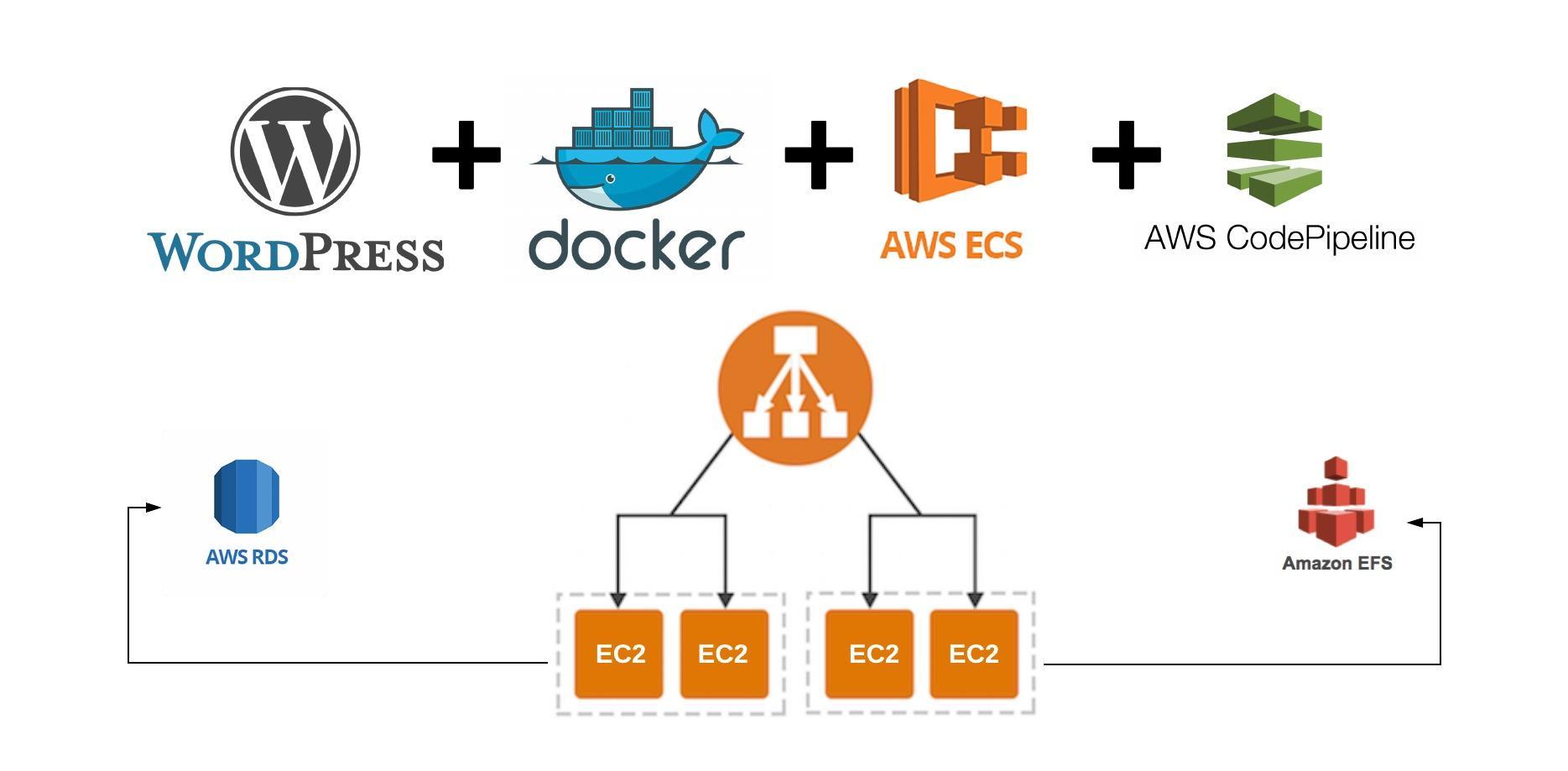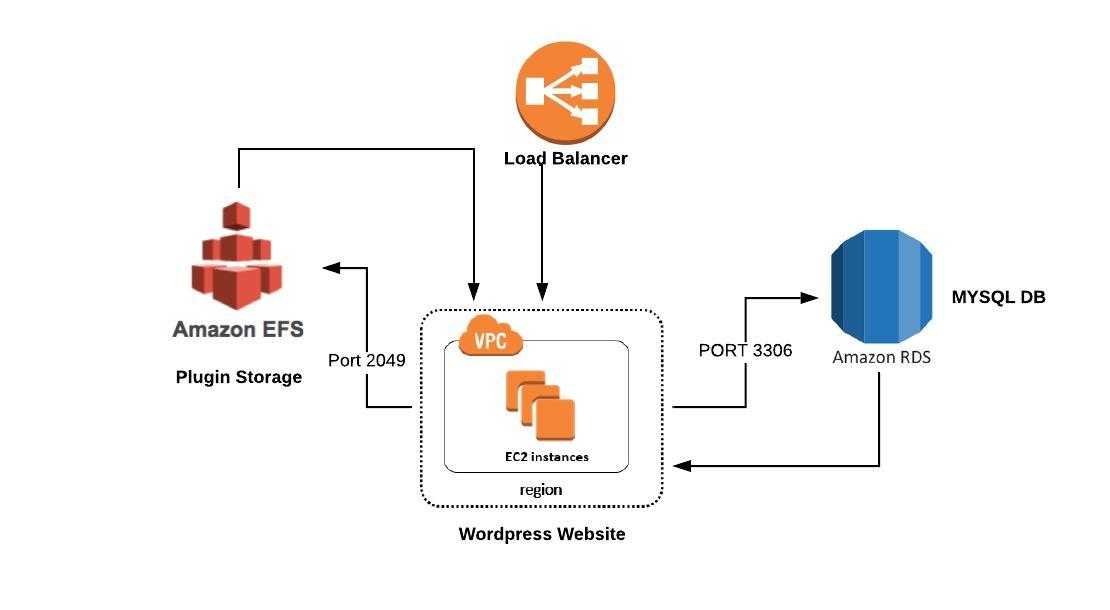In this article, we will create an ECS task definition containing our WordPress Docker image reference from ECR, Environment variables such as Database credentials, EFS volume mount for our plugins storage (Don’t worry I will shed more light on this later) and some WordPress website constants such as WP_SITE_URL etc.


In this article, we will create the Load Balancer which will sit on top on WordPress instances and balance the load as per increasing the requests from users. The ultimate reason for this approach is to make your website scalable and always available for our clients. From EC2 console Select

Why do we need to use EFS for plugin storage We all love the fact that on WordPress, we can install plugins without a deployment. Here’s the challenge with this approach, if your WordPress website is behind a Load balancer and there are multiple instances running. You will be installing

Disclaimer: We will do a lot of configuration in this article. It may look time consuming but it will lay the foundation for all the communication such as WordPress website with MYSQL and Plugins storage. We will prepare our security groups for AWS Services such as Load Balancer, RDS (MYSQL

This series will help you with setting up Dockerized WordPress website on you local machine and fully automate the deployment process to Amazon Web Services. The website will be ready for heavy traffic. To achieve this, I have created the following topics: WordPress on AWS, the challenges Dockerize WordPress with